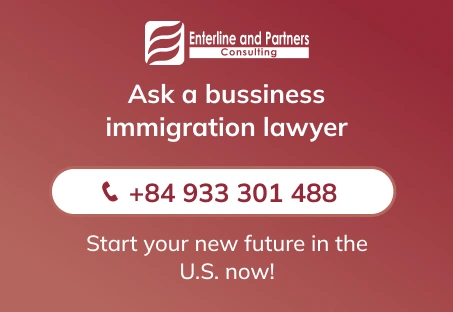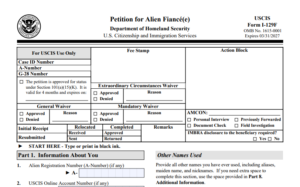The L-1A visa is a non-immigrant visa category for multinational companies to transfer qualified employees from a foreign company to a U.S.-based office in an executive or managerial capacity. There are two key relationships that can exist between the foreign company and the U.S. company to qualify for an the L-1A visa: the parent-subsidy relationship and the affiliated relationship.
- Parent-Subsidiary Relationship:
- Requirements for Foreign Company as Parent:
- The foreign company must have a direct and controlling ownership relationship with the U.S. company, establishing it as the parent company.
- The foreign company should maintain its legal existence and be actively conducting business in its home country.
- The foreign company must have the capacity to transfer an executive or managerial employee to theS. subsidiary.
- Requirements for U.S. Company as Subsidiary:
- The U.S. company must be a subsidiary of the foreign company, meaning that the foreign company hold s a significant percentage of ownership .
- The U.S. subsidiary should be actively engaged in business operations.
- The U.S. subsidiary must have the capacity to employ an executive or managerial transferee.
- Example with Percentages:
- A common scenario is a foreign company owning at least 50% or more of the subsidiary. This demonstrates a controlling interest, ensuring a clear parent-subsidiary relationship.
- Reversed Company Relationship:
- The company relationship can also be established with the U.S. company as parent and the foreign company as subsidiary.
- Affiliated Relationship:
- Requirements for Foreign Company:
- The foreign company and the U.S. compan y must be affiliated entities with a common parent company or common individual ownership.
- The foreign company should remain in active business in its home country.
- Requirements for U.S. Company:
- The U.S. company must be affiliated with the foreign company through a common parent company or common individual ownership.
- Both the foreign and U.S. companies must be actively engaged in business operations.
- The U.S. company must be capable of employing and supporting an executive or managerial transferee.
- Example with Percentages:
- An example of an affiliated relationship is where a common parent company owns a significant percentage of both the foreign and U.S. companies, but there may not be a direct subsidiary relationship.
- In the case of individual owners, a majority of individual owners must own at least 50% of both companies in relatively similar percentages.
- Ownership percentages could vary, but a substantial ownership stake is typically required to establish the necessary affiliation.
Specific ownership percentages may vary, and there is no strict requirement set by U.S. Citizenship and Immigration Services (“USCIS”). However, demonstrating a clear and substantial control or affiliation is crucial for a successful L-1A visa petition and application. Consulting with an immigration attorney can provide tailored advice based on the unique circumstances of each case.
For more information, contact us at info@enterlinepartners.com and speak with a U.S. immigration attorney in Ho Chi Minh City, Manila and Taipei.
ENTERLINE & PARTNERS CONSULTING
Ho Chi Minh City, Vietnam Office
146C7 Nguyen Van Huong St, Thao Dien Ward,
District 2, Thu Duc City
Ho Chi Minh City, Vietnam
Tel: +84 933 301 488
Email: info@enterlinepartners.com
Facebook: Enterline & Partners – Dịch vụ Thị thực và Định cư Hoa Kỳ
YouTube: @EnterlineAndPartnersConsulting
Website: http://enterlinepartners.com
Manila, Philippines Office
LKG Tower 37th Floor
6801 Ayala Avenue
Makati City, Philippines 1226
Tel: +63 917 543 7926
Email: info@enterlinepartners.com
Facebook: Enterline and Partners Philippines
Website: https://enterlinepartners.com/language/en/welcome/
Copyright 2024. This article is for information purposes only and does not constitute legal advice. This article may be changed with or without notice. The opinions expressed in this article are those of Enterline and Partners only.








